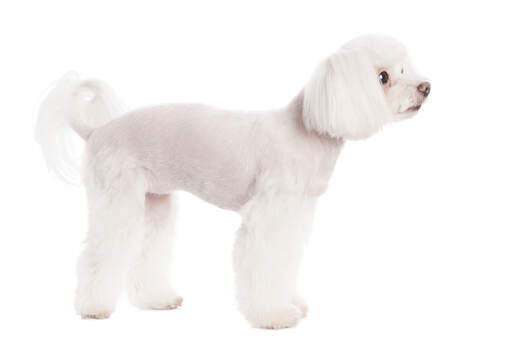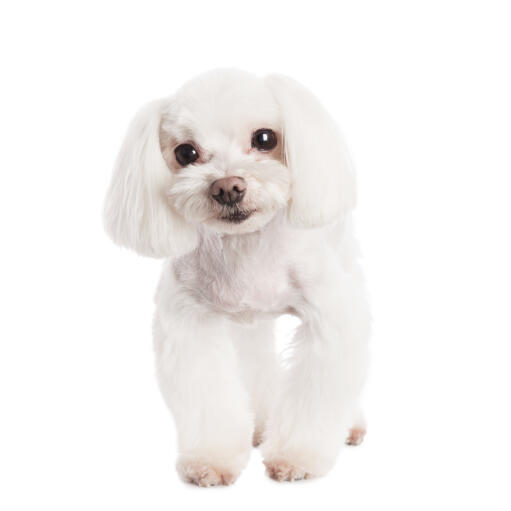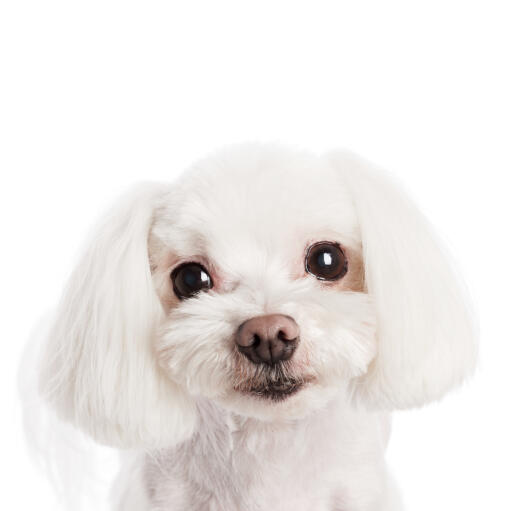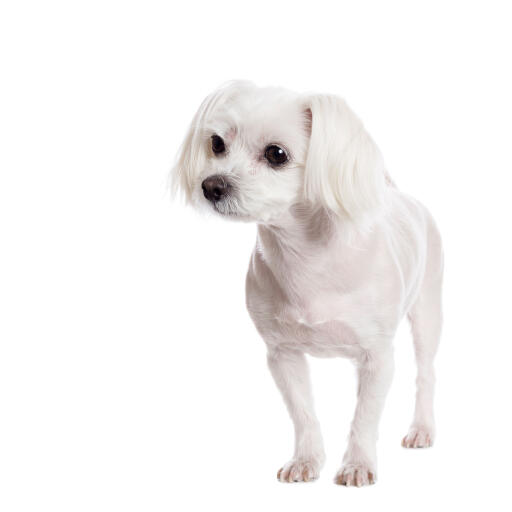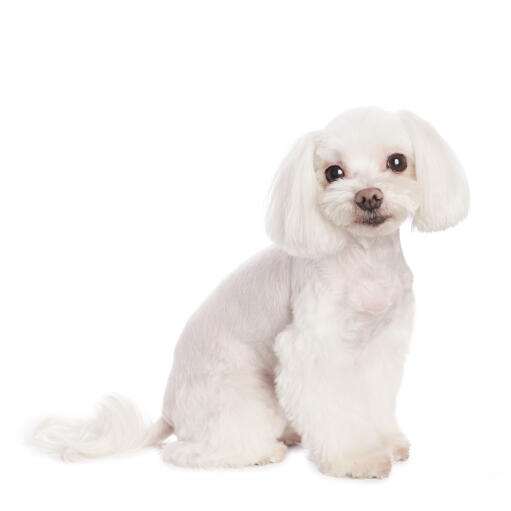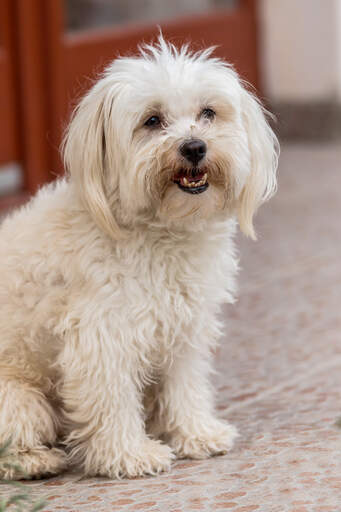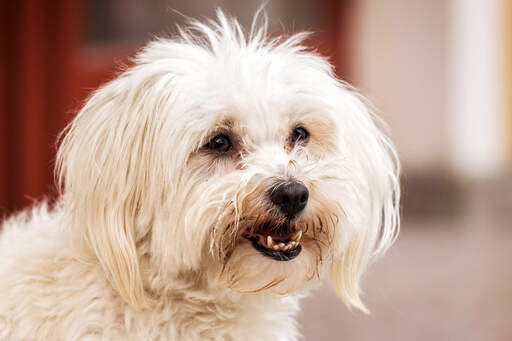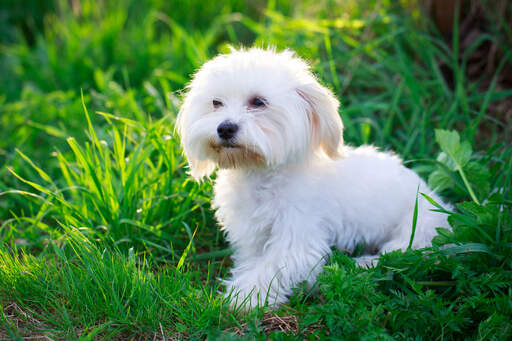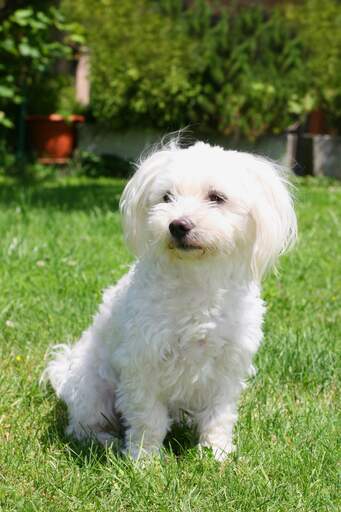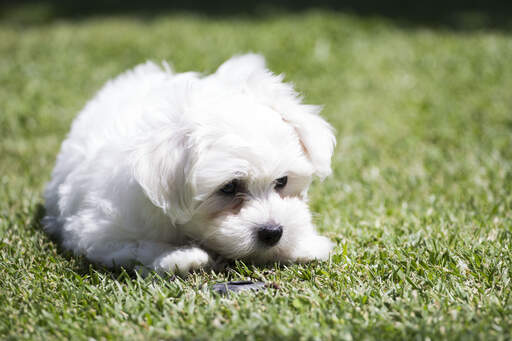Maltese Dogs










History
The exact origin of this breed is unknown. It is believed that they were brought to Central Europe by traders via Asia. It is possibly related to the Tibetian Terrier. Records of this breed date all the way back to 300 BC. It is thought that they originated in Malta, which was used as a trading port. By the 14th century they had become very popular with upper class ladies in England. The modern day Maltese is perfect for small apartments and for showing.
Behaviour
Maltese are friendly dogs who love human attention. They’ll be happiest when curled up on your lap and will want to be with you all the time. They are very playful dogs and never seem to fully grow out of their puppy phase. They are a perfect dog for families,= as they are child friendly and will always be willing to play. Just make sure that the children have some respect towards the dog and don’t treat them like a toy. They don’t need much exercise at all and will be happy with a short walk or a run around the back yard. They bark when someone is at the door, but will welcome them in with lots of affection. They can be slightly too bark-y but proper training is the solution to this.
They are quite quick learners which makes training relatively easy. Real focus should be put into socialisation and separation, as they can suffer anxiety when left alone which in turn can lead to destructive behaviour. They are best kept as companions and are sure to brighten up your day with their antics. They love to cuddle and in general adore any form of affection. They generally get on well with other dogs and pets.
Their coat needs a lot of attention if you intend on showing, however many owners go with the puppy cut where the coat is trimmed once or twice every couple of months. Dogs with the puppy cut will only need brushing once a day. Maltese don’t shed much fur which makes them good for people with allergies. Their elegant white fur is subject to staining, especially “tear staining” around the eyes. Cleaning this area a couple of times per week will keep them looking neat and tidy.
For some reason Maltese are prone to cavities and other minor tooth problems, so regular brushing with a soft toothbrush and canine toothpaste (yes, it is a thing and yes it does help) will prevent this.
Temperament
The Maltese have an affectionate and playful temperament. They are one of the most sweet natured toy breeds around. They get along well with other animals, but make sure to keep an eye on them as they are very small and could get hurt when playing with a larger breed. Just be sure not to over indulge them or you’ll end up with a spoiled brat of a dog who’ll get jealous whenever your attention is focused on anything but them.
Health Problems
The Maltese may be prone to luxating patellar (dislocation of the knee cap), hydrocephalus (fluid build up in skull which puts pressure on the brain), heart disease, eye problems, and allergies.
Breed Details
- Status: Common
- Life Expectancy: 12 - 15 years
- Weight: 3 - 8 lbs
- Height: 8 - 10"
- Rare: No
- Coat: Long
- Grooming Requirements: Everyday
- Town or Country: Either
- Minimum Home Size: Flat
- Minimum Garden Size: No Garden
- Breed Type: Toy Dog
- Size: Small
- Energy Level: High
- Exercise Required: Up to 30 Minutes

